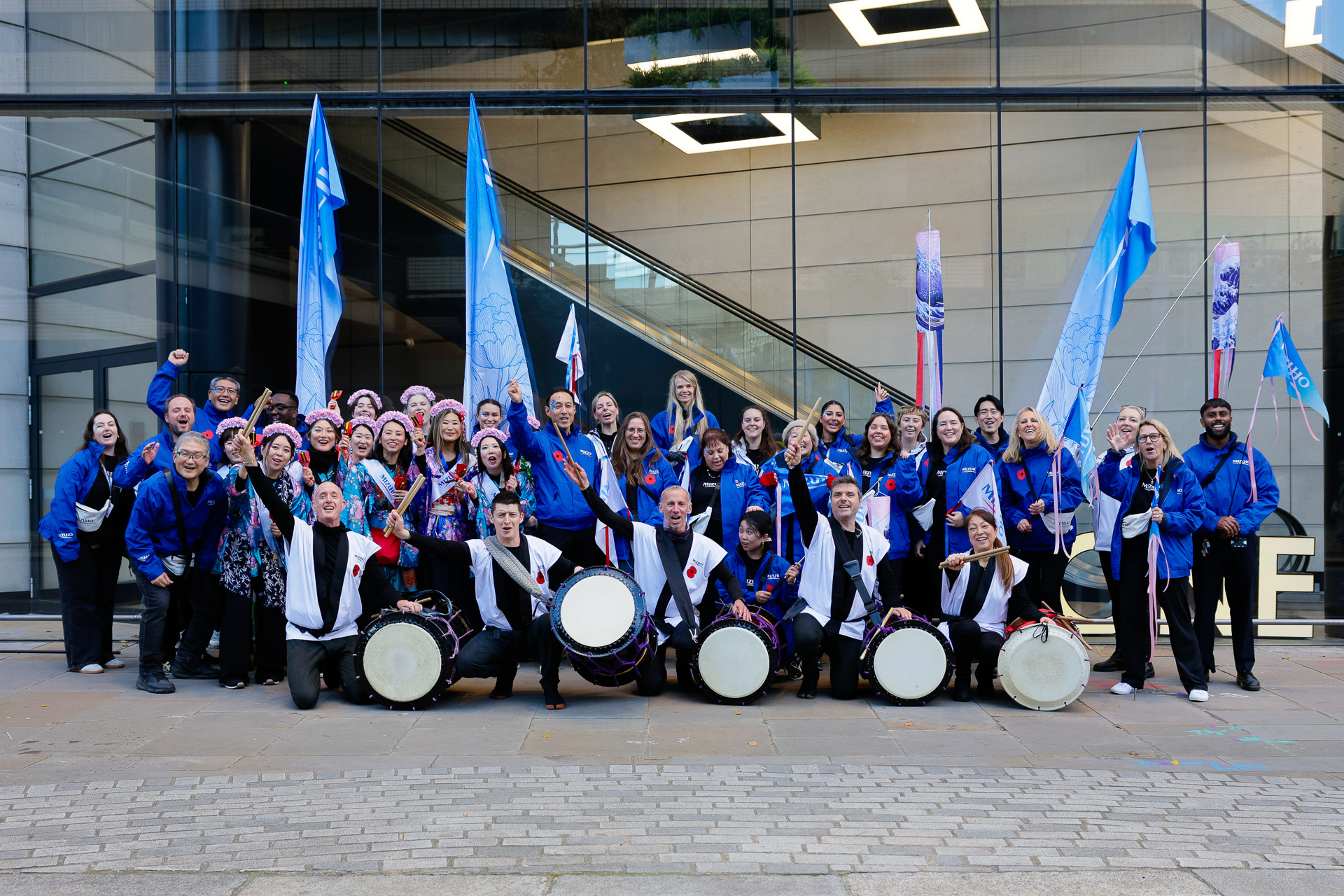Nemawashi, the timeless Japanese technique, is a wise and effective concept. Nemawashi coined from the words ne (‘tree root‘) and mawasu (loosely construed as ’to protect’) involved the subtle practice of protecting precious trees from harsh conditions such as the hardened earth from a long cold winter.
Hydrogen, as one of the key vectors to net zero certainly has its challenges. In the first instance there remain large swathes of people who do not believe there is a man-made climate crisis, and even amongst the converted there are many who do see low-carbon hydrogen as an expensive, unproven, and impractical alternative. On the balance of these views, a more realistic 2050 scenario is one that effectively incorporates hydrogen, electrification, and carbon capture from fossil-based processes. The concerns around hydrogen are not far-fetched. In truth they are fact-based challenges; and indeed, the harsh winds of winter which low-carbon hydrogen is up against. At this juncture, low-carbon hydrogen will benefit from all the nemawashi it can get.
So how do we address these harsh winds?
Firstly, is there a clear demand for low-carbon hydrogen?
The current use cases for fossil-based hydrogen (grey or brown hydrogen) indicates that there is a ready market. Hydrogen has been fairly described as “the Swiss army knife of energy sources” because of use cases across fertiliser, steel, refining, and complementary application to electrification in transport, power system balancing and power generation. Within the next decade there is a near term use case for displacing a 100 million tonnes of fossil-based hydrogen. Besides, towards 2050 Japan’s ammonia co-firing plans for power generation alone represent excess of 50 million tonnes of clean ammonia while the EU’s targets for clean hydrogen use are several multiples of this. With CBAM imminent, and industry and government mandates being placed on sectors such as shipping, aviation, and steel, it is fair to say that near-, mid-, and long-term demand for low-carbon hydrogen is being addressed.
Is low-carbon hydrogen an unproven technology?
Arguably, low-carbon hydrogen is no less proven than mobile technology was 30 years ago, and no less safe than oil was when oil production scaled up. Suffice to remind ourselves of the profound saying that ’the stone age did not end because of a lack of stones’. In the same vein the use of fossils may see gradual decline as human beings find more convenient technologies with less harmful side effects. As hydrogen tech scales up in response to demand, we have enough history lessons to indicate that the technology will become more efficient.
Is low-carbon hydrogen expensive?
Without a doubt low-carbon hydrogen is expensive. For context, on a very rough average, green hydrogen (which is hydrogen produced by the electrolysis of water using renewable electricity) costs around $5/kg while grey hydrogen is less than $2/kg. Jet fuel is substantially lower in price compared to sustainable aviation fuel, and this disparity is similar across all use cases. It is unrealistic to think that consumers are prepared to pay a green premium or that developers are willing to produce green hydrogen at a loss. The scenario that drives green hydrogen to price parity with grey is roughly: 80% reduction in electrolyser costs, reduced renewable energy costs from circa $50/MWh to $25/MWh, electrolyser efficiency increase from 60% to 75% and cost of capital maintained at single digits. The likely timeline to achieve this scenario is in close to 20years.
Faced with a green premium situation for 20 years, hydrogen requires deliberate public side intervention. Whilst carbon taxes and mandates cause demand to soar during this 20-year period, the hydrogen economy would benefit from the effective use of three instruments: sovereign underwriting (e.g. CFD) schemes to underpin offtake, project cost subsidies on the supply side, and carbon markets to widen the pool of capital into these projects.

"It is a strategic objective of Mizuho to partner with our clients, in both an advisory and financing capacity, in identifying the cold harsh winds on the path of low-carbon hydrogen."
Junaid Belo-Osagie,
Executive Director, Investment Banking
As arguably Japan’s foremost bank in the clean hydrogen space, it is a strategic objective of Mizuho to partner with our clients, in both an advisory and financing capacity, in identifying the cold harsh winds on the path of low-carbon hydrogen. More so, in true Japanese style we approach this using the time-tested principle of nemawashi. No solution is perfect but inaction is not an option. Together we will continue to guide hydrogen in its transition through its own long cold winter.




